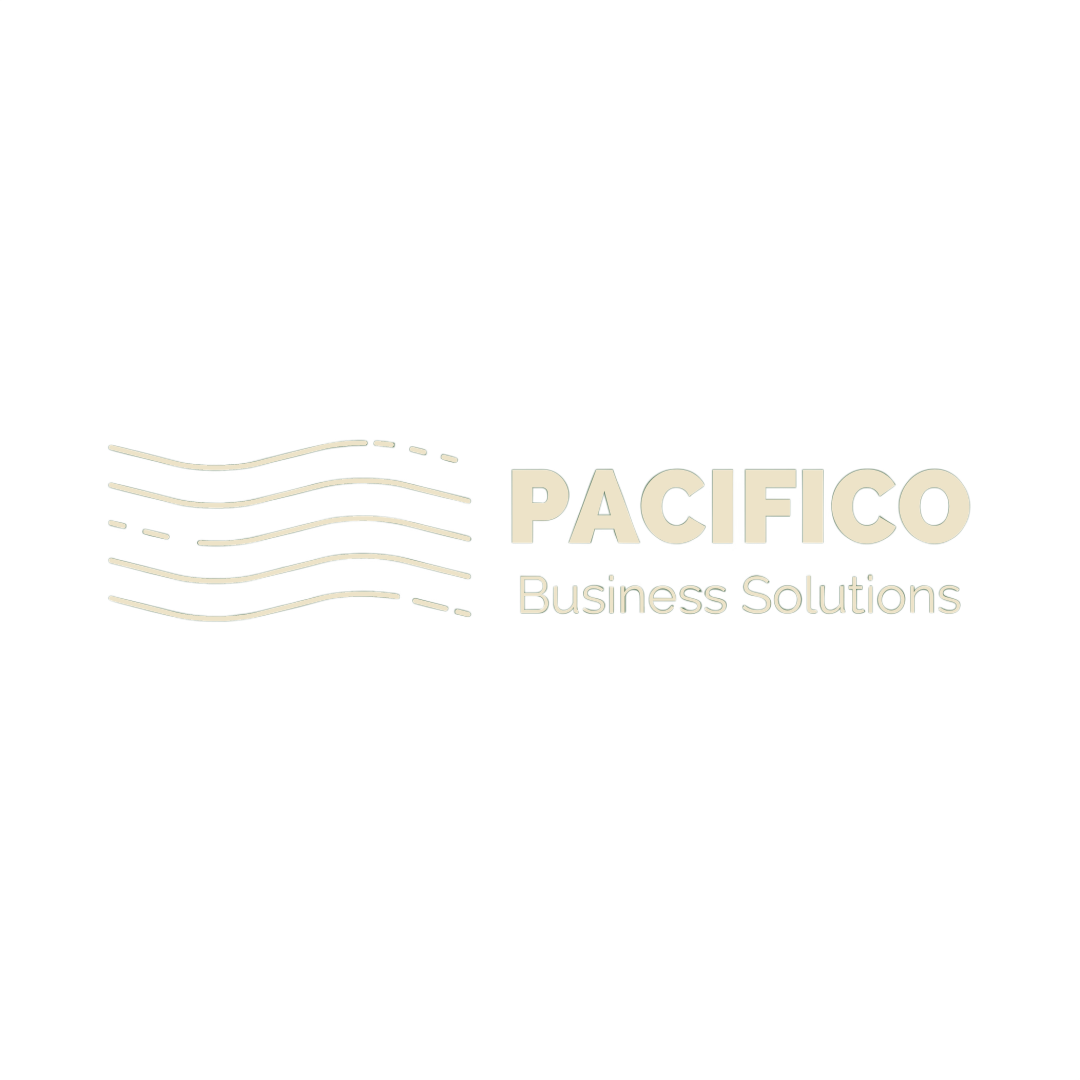This website uses cookies. Cookies remember your actions and preferences for a better online experience.
Revenue Management
Dynamic Pricing for Small Hotels: A Beginner's Guide
Introduction to Dynamic Pricing
Dynamic pricing might sound complex, but it's essentially a strategy to adjust prices based on real-time market demand. It’s particularly crucial for small hotels looking to maximize revenue and remain competitive.
Why Dynamic Pricing?
Problem: Traditional static pricing can lead to lost revenue opportunities during peak periods or low occupancy during off-peak times.
Solution: Dynamic pricing adjusts rates in response to demand, ensuring optimal pricing at all times.
Solution: Dynamic pricing adjusts rates in response to demand, ensuring optimal pricing at all times.
Implementing Dynamic Pricing
Understanding Your Market:
Start by analyzing your market trends, including peak and off-peak seasons, local events, and competitor pricing.
Investing in the Right Tools:
Invest in software that helps with dynamic pricing. Options for small hotels include:
Start by analyzing your market trends, including peak and off-peak seasons, local events, and competitor pricing.
Investing in the Right Tools:
Invest in software that helps with dynamic pricing. Options for small hotels include:
- Revenue Management Systems (RMS): These systems use algorithms to analyze market data and suggest optimal pricing. One of our favorit RMS is RoomPriceGenie with very intuitive interface and great support.
- Property Management Systems (PMS): Systems like Cloudbeds and Hotelogix offer integrated dynamic pricing features.
- Channel Managers: Tools like SiteMinder ensure your adjusted prices are updated across all booking channels.
Benefits of Dynamic Pricing
Increased Revenue: Adjusting prices to match demand can boost your revenue, particularly during high-demand periods.
Improved Occupancy Rates: Lowering prices during off-peak times can attract more guests, improving occupancy.
Competitive Edge: Dynamic pricing allows small hotels to compete effectively with larger chains by offering competitive rates.
Improved Occupancy Rates: Lowering prices during off-peak times can attract more guests, improving occupancy.
Competitive Edge: Dynamic pricing allows small hotels to compete effectively with larger chains by offering competitive rates.
Challenges and Solutions
Challenge: Implementing dynamic pricing requires a shift from traditional pricing methods and can be daunting in terms of data analysis and technology adoption.
Solution: Start small by focusing on key demand indicators like local events or holidays. Gradually integrate technology as you become more comfortable.
Solution: Start small by focusing on key demand indicators like local events or holidays. Gradually integrate technology as you become more comfortable.
Best Practices
Start with Simple Adjustments: Initially, make small changes in response to obvious demand fluctuations.
Maintain Transparency: Always be transparent with your pricing. Unexpected charges can lead to negative reviews.
Regularly Review and Adjust: Continuously monitor the effectiveness of your pricing strategy and make adjustments as needed.
Maintain Transparency: Always be transparent with your pricing. Unexpected charges can lead to negative reviews.
Regularly Review and Adjust: Continuously monitor the effectiveness of your pricing strategy and make adjustments as needed.
Dynamic pricing is a powerful tool for small hotels looking to optimize their revenue and stay competitive. By understanding the market, investing in the right tools, and adopting a data-driven approach, small hoteliers can effectively implement dynamic pricing strategies. As the market evolves, adapting to these changes is crucial for long-term success.
Still not sure what to do?
No worries, we are here to help you navigate your sales strategy!
Read More

